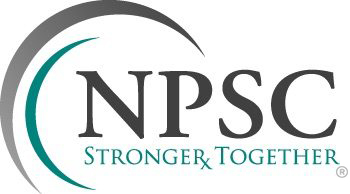Payroll Expense Management
Payroll Expense represents about two thirds the total expense of a typical community pharmacy. To manage your expense and improve your profit, you need to aggressively manage payroll. Start by determining your payroll rate using a process called common sizing. Using your most recent financial statements or tax returns, find your total annual sales and total annual payroll expense (including owners ages, payroll taxes and benefits).
With the common sized ratio computed, you can compare your store to industry benchmarks.
How does your pharmacy compare?
The national benchmarks typically put payroll percent somewhere in the area of 13% – 14% of sales. Pharmacies in the Northeast tend to fair a bit better than the National Averages. My experience has been that the most successful community pharmacies operate in the range of 12% sales. The difference may appear insignificant; however when you take the difference and forecast the impact on your annual profitability, the result may be a surprisingly large amount of potential profit. For example, a pharmacy with $4 million in annual reduces its payroll rate from 14% of sales to 12% of sales – the impact on the bottom line is approximately $80,000 annually.
